Portal, AZ - Rodeo, NM
Serving The Communities Of Portal and Rodeo (www.portal-rodeo.com)
Serving The Communities Of Portal and Rodeo (www.portal-rodeo.com)

Phengodidae


The photos above are phengoded beetles, but you probably know them to be glow worms. They are also known as railroad worms because the lights at night look like the inside of a railroad car. They are interesting, not just because they glow at night, but because they shares a most unusual trait with humans.
The word of the day, which will be new to most of you, is NEOTENY. It refers to adults retaining anatomical features of immature individuals. For example, take a look at the skulls of an infant (left) and an adult chimpanzee (middle).
Note the prominent brow on the adult but not on the infant. This is common in many primates. The human skull (right) looks more like the infant chimp. Human evolution involved neoteny, as MANY primate infant features are retained into adulthood. Seems many of the genes that promote significant developmental changes in most primates went silent during human evolution.
So, what does this have to do with the beetle. The photo (top of page) shows an adult female phengodid. She still looks like larva. She is a neotenic insect which keeps its larval anatomy through adult life. The male larva develops into an insect that looks like a normal adult beetle (albeit with a very cool set of antennae).
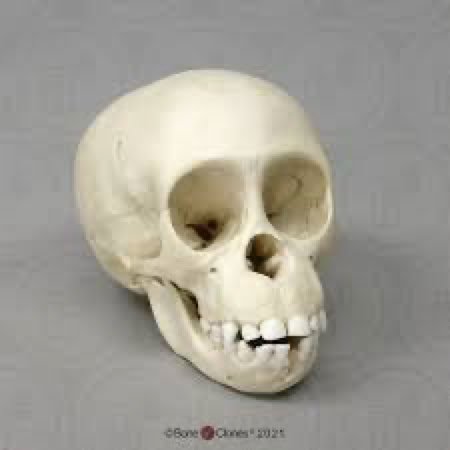
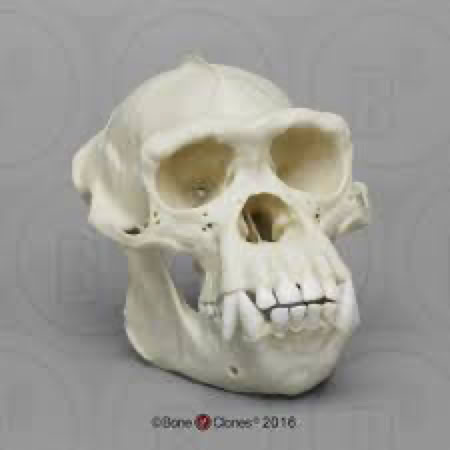
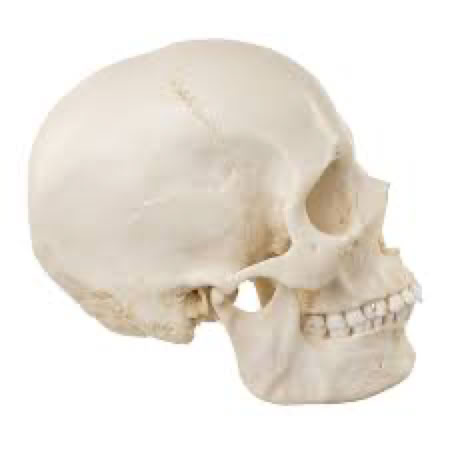
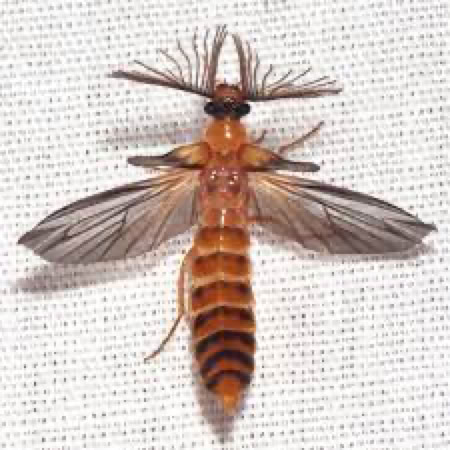
Male Glow Worm
Turns out, phengodids present a few mysteries. Exactly why do they glow? Some scientists hypothesize that it is for defense - flashing scares away potential predators. But others think the light is for feeding - actually attracting insects that the phengodid will eat (the larvae ARE genuine predators, but adult females do not eat). Finally, the light might be used to attract a mate (like fireflies). In the world of insects that glow, all of these functions are known. Perhaps the phengodid also uses the light for all 3 functions.
SO, there you have it. Humans and beetles sharing an interesting evolutionary feature.


About 250 species in North and South America
Larva
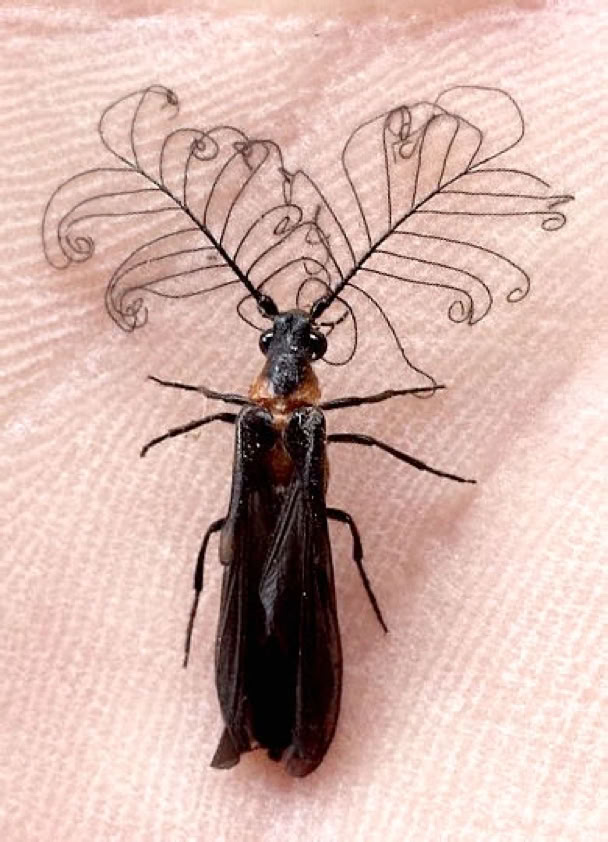
Male - Is It Real?